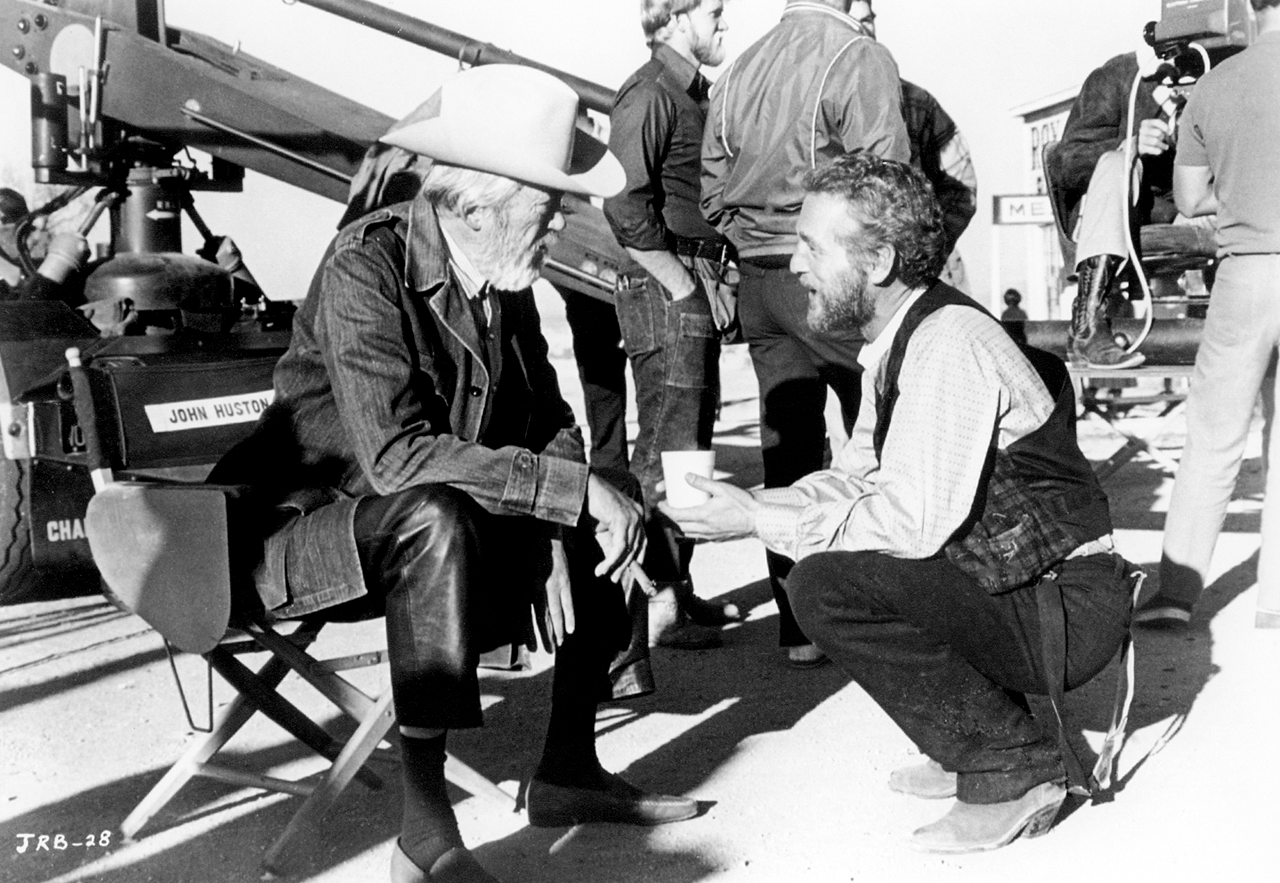
Oxen, also known as OXEN, are magnificent creatures that have played a crucial role in human history for centuries. These powerful animals have been used as working beasts of burden, hauling heavy loads and tilling the land. While oxen may not be as commonly seen today as they once were, their importance cannot be underestimated.
In this article, we will delve into 17 astonishing facts about oxen that will leave you fascinated by these incredible animals. From their impressive physical capabilities to their unique behavior and historical significance, oxen have many intriguing qualities that deserve recognition. So, let’s embark on this journey of discovery and uncover the hidden wonders of oxen.
Key Takeaways:
- Oxen have been working with humans for over 6,000 years, showing incredible strength and endurance, making them valuable in farming and transportation.
- Despite being replaced by machinery in some places, oxen are still used in many regions, symbolizing strength and perseverance while contributing to human history and culture.
Oxen have been used for thousands of years.
Oxen have been domesticated and used for agricultural purposes for over 6,000 years, making them one of the oldest forms of working animals.
They are a type of cattle.
Oxen are domesticated cattle that have been trained to work and pull heavy loads.
Oxen are known for their immense strength.
These powerful animals have the ability to pull loads that are several times their own weight, making them invaluable in many farming and transportation activities.
Oxen are herbivores.
They primarily feed on grass and other vegetation, which allows them to thrive in a wide range of environments.
They have a slow and steady pace.
Oxen are known for their plodding and steady gait, which makes them well-suited for hauling heavy loads over long distances.
Oxen are highly social animals.
They form strong bonds within their herds and often exhibit cooperative behavior when working together.
They have exceptional endurance.
Oxen have the ability to work for extended periods without tiring, making them ideal for tasks that require sustained effort.
Oxen have been replaced by machinery in many parts of the world.
With the advent of modern machinery, the use of oxen in agriculture and transportation has declined in many developed countries.
Oxen are still utilized in certain regions.
In some parts of the world, particularly in developing countries, oxen continue to play a vital role in farming and other traditional practices.
They are highly adaptable animals.
Oxen can withstand extreme climates and are capable of working in challenging terrains, including steep hills and muddy fields.
Oxen are a symbol of strength and endurance.
Throughout history, oxen have been revered and symbolized as representations of power, perseverance, and hard work.
They are featured in various cultural traditions.
Oxen are often prominent figures in festivals, parades, and traditional ceremonies in many cultures around the world.
Oxen have distinctive physical features.
They typically have a strong and muscular build, with broad shoulders and a deep chest to support their powerful pulling abilities.
Oxen have contributed to human migration and exploration.
In ancient times, oxen played a vital role in the migration of civilizations and the exploration of new territories.
They have inspired famous artworks.
Throughout history, oxen have been depicted in various forms of art, including paintings, sculptures, and literature.
Oxen have a calm temperament.
These gentle creatures are known for their docile nature and are generally easy to handle and train.
They continue to be valued for their meat and hides.
Although their use as working animals has diminished, oxen are still bred and raised for their meat and hides in certain regions.
In conclusion, the 17 Astonishing Facts About Oxen (OXEN) highlight the rich history and remarkable attributes of these incredible creatures. From their immense strength and endurance to their social nature and cultural significance, oxen have played a vital role in shaping human civilization for thousands of years.
Conclusion
Oxen are remarkable animals that have played a significant role in various aspects of human history. From their strength and endurance to their unique working abilities, oxen continue to fascinate us. They have been used for plowing fields, hauling heavy loads, and even in religious ceremonies.
Throughout this article, we have explored 17 astonishing facts about oxen, including their physical characteristics, their social behavior, and their historical significance. We have learned how oxen are able to communicate with each other, how they form strong bonds, and how they have been trained and utilized by different cultures around the world.
Whether you are an animal lover, a history enthusiast, or simply interested in learning something new, oxen are truly captivating creatures. Their impact on society and their role in shaping our past is undeniable. So the next time you come across a team of oxen working in the fields or see them depicted in art and literature, take a moment to appreciate these incredible animals and the contributions they have made throughout history.
FAQs
1. What is an ox?
An ox is a domesticated bovine animal that is trained to do heavy agricultural work, such as pulling carts, plowing fields, or hauling loads.
2. How are oxen different from cows?
Oxen are castrated male cattle that have been trained for work. Cows, on the other hand, are female cattle that are generally used for milk production and reproduction.
3. How strong are oxen?
Oxen are incredibly strong animals, capable of pulling loads that weigh several times their own body weight. A team of oxen can easily pull heavy plows or wagons filled with goods.
4. How long do oxen live?
The lifespan of oxen varies, but on average, they can live up to 20 years if properly cared for and provided with a healthy diet and living conditions.
5. Are oxen still used today?
While the use of oxen in modern times has diminished with the advent of machinery, they are still utilized in some agricultural communities for traditional farming practices and cultural events.
Oxen's strength and endurance have made them valuable companions throughout history. Their calm temperament and adaptability continue to inspire admiration in various cultures. For more captivating animal facts, explore the wonders of Polar Park and uncover the meaning behind the Chinese zodiac sign, Year of the Ox. Embark on a journey through the fascinating world of nature and mythology, where you'll find a treasure trove of insights waiting to be discovered.
Was this page helpful?
Our commitment to delivering trustworthy and engaging content is at the heart of what we do. Each fact on our site is contributed by real users like you, bringing a wealth of diverse insights and information. To ensure the highest standards of accuracy and reliability, our dedicated editors meticulously review each submission. This process guarantees that the facts we share are not only fascinating but also credible. Trust in our commitment to quality and authenticity as you explore and learn with us.


